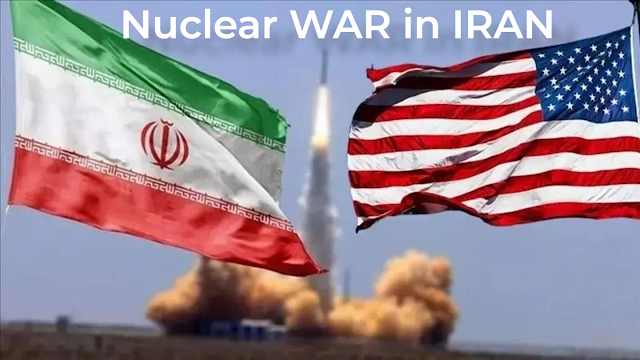 |
| America Attacks Iran |
U.S. Launches Military Strike on Iran – Markets React Instantly
In a significant escalation of tensions in the Middle East, the United States has launched a military attack on key Iranian military installations, citing Iran’s continued threats to U.S. assets and allies in the region.
The airstrike, which took place early Thursday morning local time, targeted missile bases and command centers near Tehran and in the Hormozgan province. U.S. defense officials have confirmed the operation, stating it was a “measured response to repeated Iranian provocations.”
Iran has vowed “severe retaliation,” calling the act a “clear violation of international sovereignty.”
Forex Market Reacts Strongly to Escalation
The forex market, known for its sensitivity to geopolitical events, responded immediately to the news of the strike.
Major Currency Reactions:
- 💵 USD (US Dollar):
- 🪙 JPY (Japanese Yen):
- 💶 EUR (Euro):
- 💱 CHF (Swiss Franc):
- 🛢️ Commodities-Linked Currencies (AUD, CAD):
Crude Oil Prices Soar
Brent Crude and WTI saw spikes of more than 6%, fueled by fears of supply disruption from the Strait of Hormuz — a strategic waterway through which nearly 20% of global oil passes.
Higher oil prices are expected to have a ripple effect on inflation and currency valuations, particularly affecting countries that are import-dependent.
What Forex Traders Should Watch Now
1. 🔁 Volatility SpikesExpect wider spreads, slippage, and sharp intraday reversals. Risk management is crucial during such events.
Forex Trading Strategy in Times of War
If you're trading during heightened geopolitical tension, consider the following:
- Trade with low leverage to avoid margin calls
- Focus on major pairs with high liquidity
- Use stop-loss orders on every trade
- Stay updated with real-time news feeds
- Avoid holding positions during high-impact news releases
Conclusion
The U.S. strike on Iran marks a dangerous turn in global geopolitics and has already sent shockwaves through the forex and commodities markets. While safe-haven currencies gain strength, riskier assets face strong downward pressure.
As uncertainty looms, forex traders must stay alert, informed, and flexible in their approach. Volatility may offer trading opportunities, but only for those with strong risk management and real-time data access.
📌 Stay tuned for live updates on how the situation unfolds and what it means for global financial markets.

Post a Comment